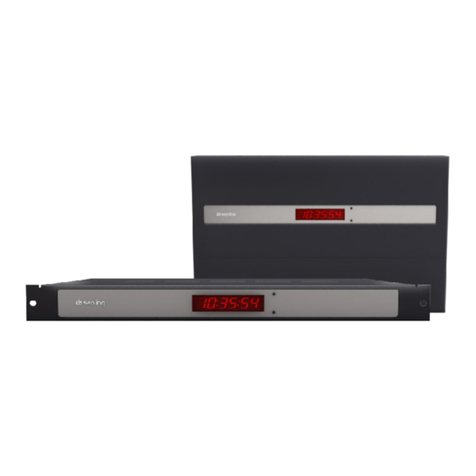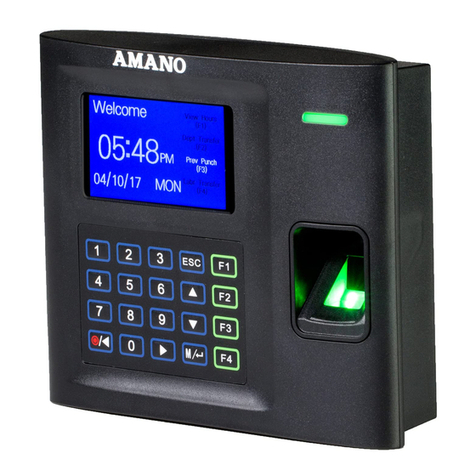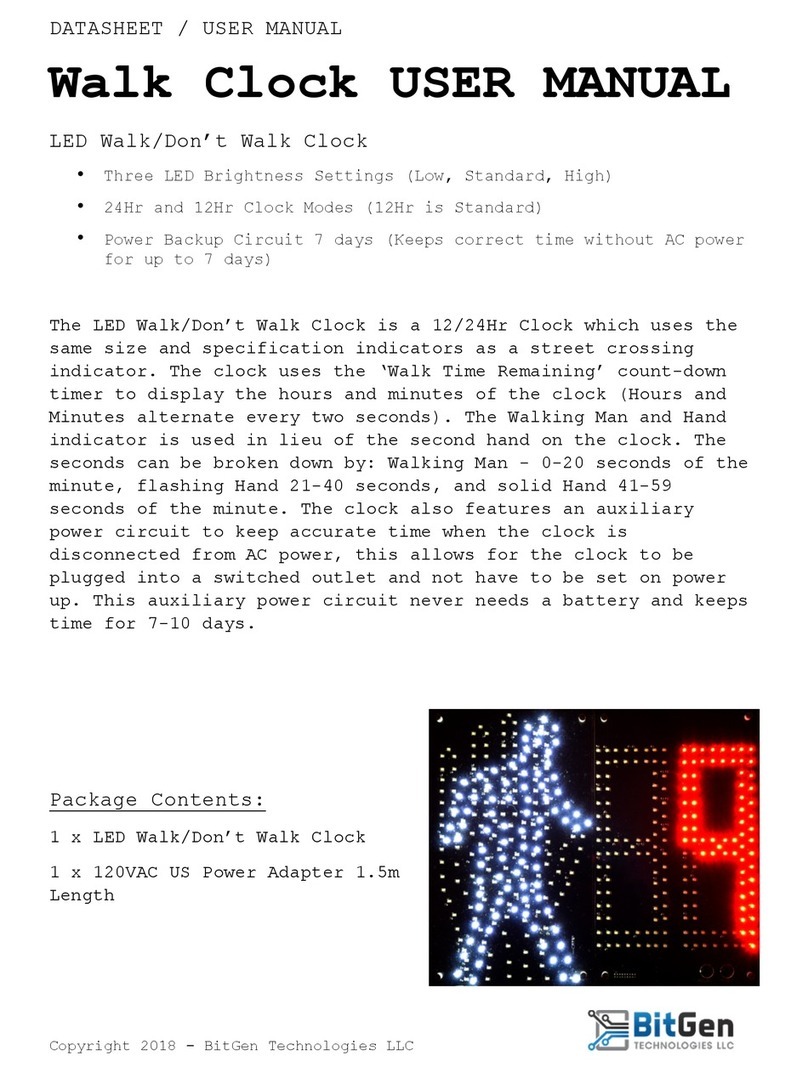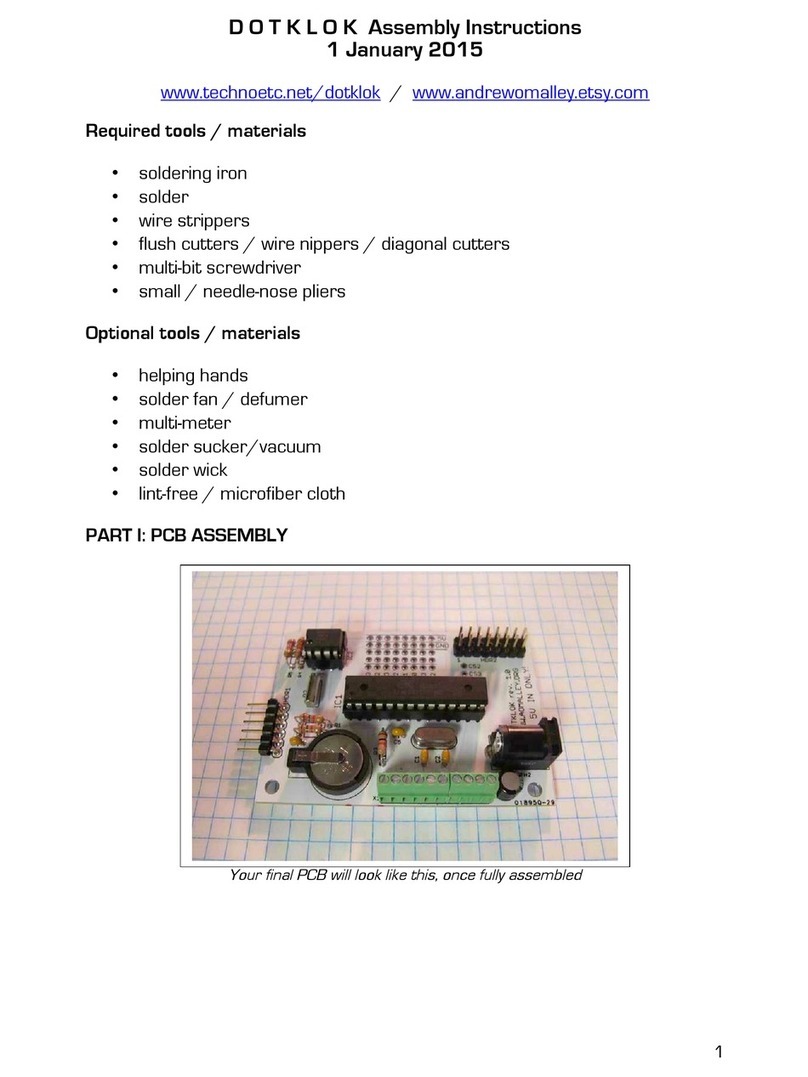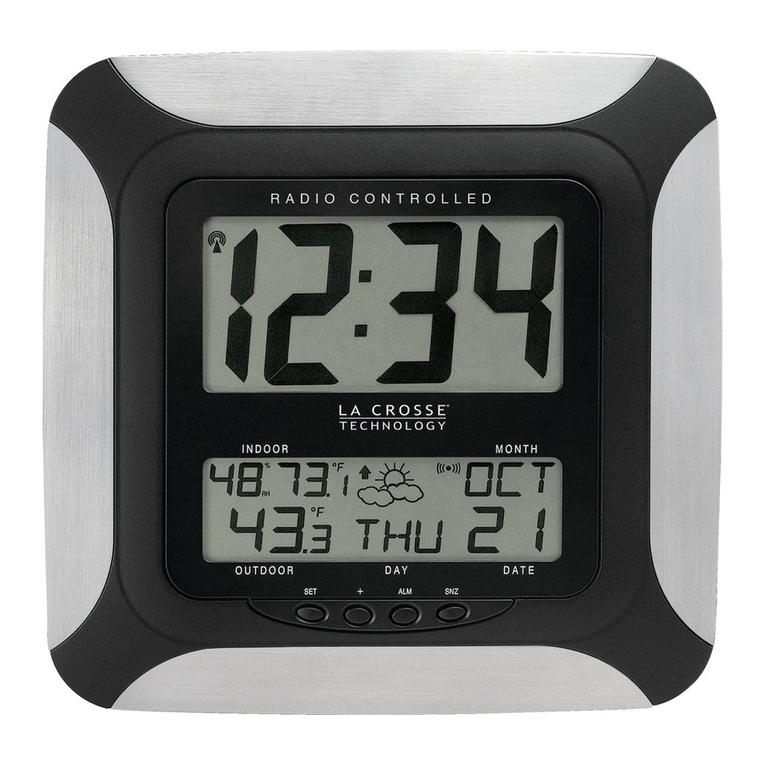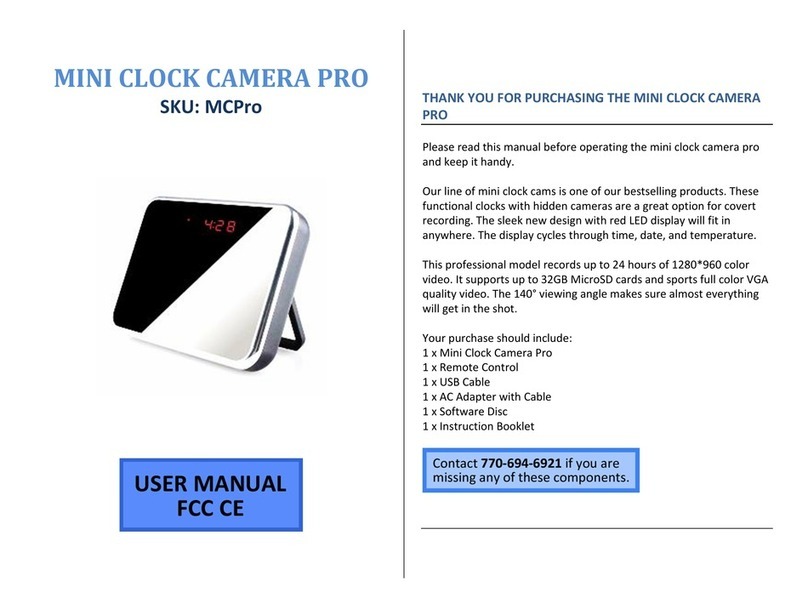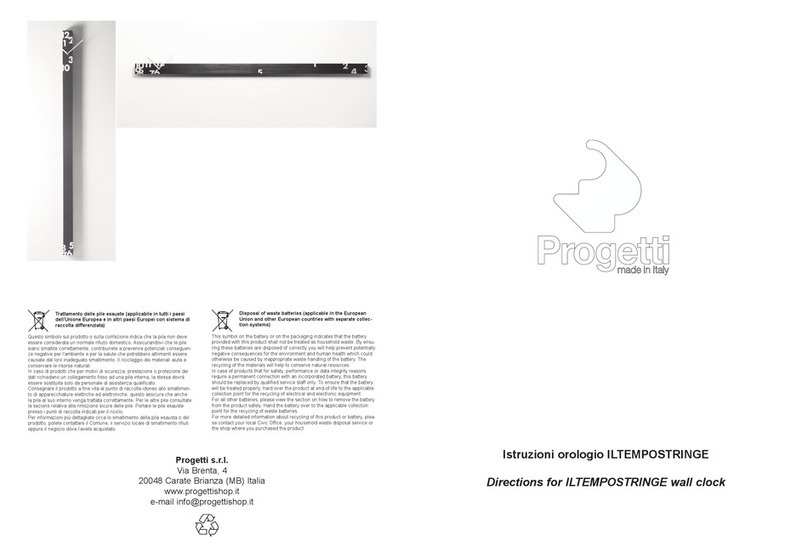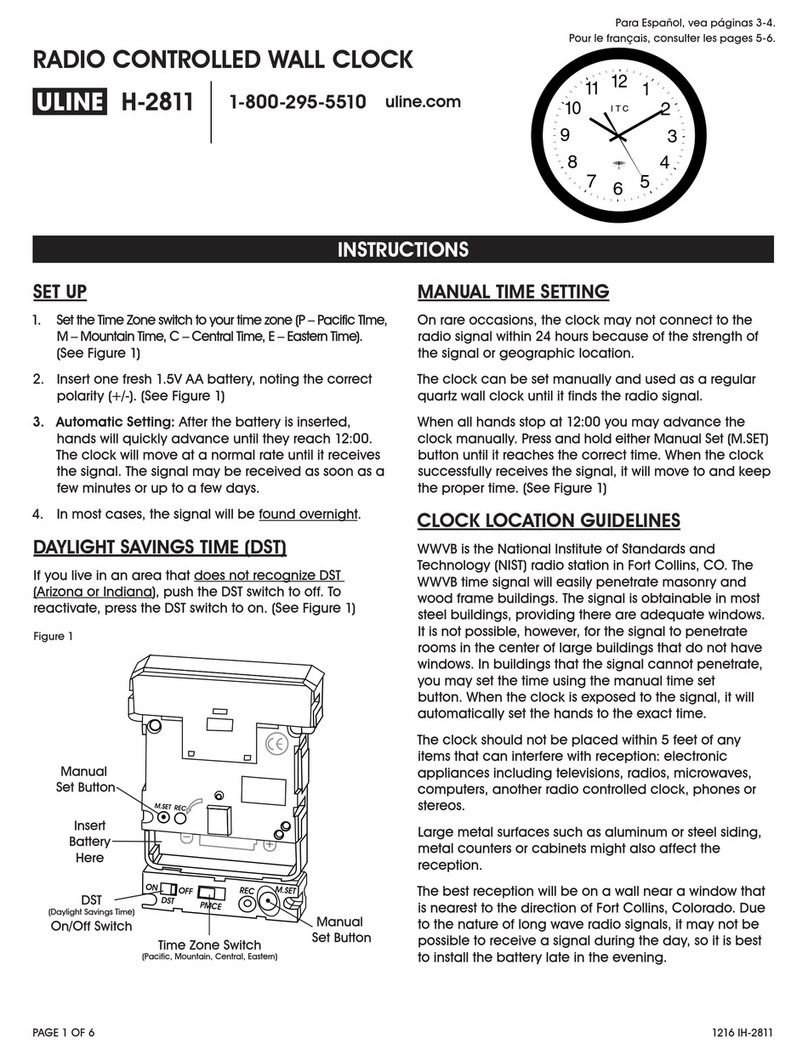
Date Code 20160628 SEL Application Guide 2016-16
Application Guide Volume VI AG2016-16
Using an Arbiter Systems®Clock to Source
IRIG-B Time to SEL-3610, SEL-3620,
and SEL-3622 Devices
Ben Herrmann
INTRODUCTION
Arbiter Systems®(Arbiter) satellite clocks provide IRIG-B time signals to a variety of devices.
With the proper settings, the SEL-3610 Port Server, SEL-3620 Ethernet Security Gateway, and
SEL-3622 Security Gateway are all capable of synchronization with these clocks. This
application guide outlines the steps necessary to set up time synchronization between an Arbiter
clock and any of these SEL devices. It also describes how to test the connection to ensure proper
operation.
If the Arbiter clock you are using has a GPS lock (e.g. has an attached antenna and has found
satellites), skip to Set Up IRIG-B Settings (after consulting your Arbiter instruction manual to
ensure that proper settings are in place).
SET UP THE ARBITER FOR LOCAL TESTING
To set the time on an Arbiter satellite clock for local testing without a GPS lock (e.g., the clock
has poor reception or no antenna), you need local access to the device. If the device has a front-
panel LCD, ensure that the main EIA-232 port is set up in INTERROGATE mode. Connect a
null modem cable from the main EIA-232 port to a local computer. Use a terminal program, such
as Tera Term or PuTTY, and connect to the device.
Once the device is connected, use the set receiver time command to locally set the time on the
clock. This time is only used if there is no GPS lock. The command, yyyy:mm:dd:hh:mmTS,
and the format are described in Table 1. Note that if the time is set locally, it is cleared when the
device restarts.
Table 1 Date Format
Command Variable Descriptions
yyyy Year
mm Month
dd Day
hh Hour
mm Minute
This sets the Coordinated Universal Time (UTC) of the device. You should now be able to set up
the local time offsets on the Arbiter clock. Note that these local time changes will not show up on
